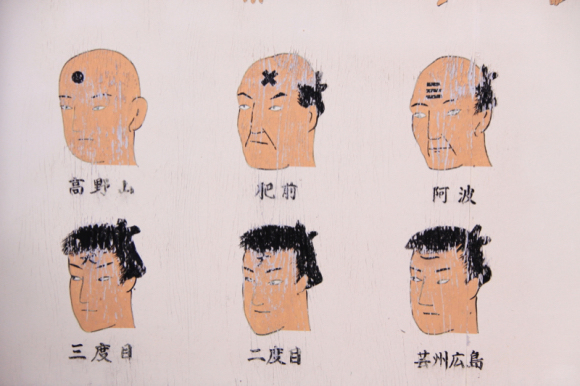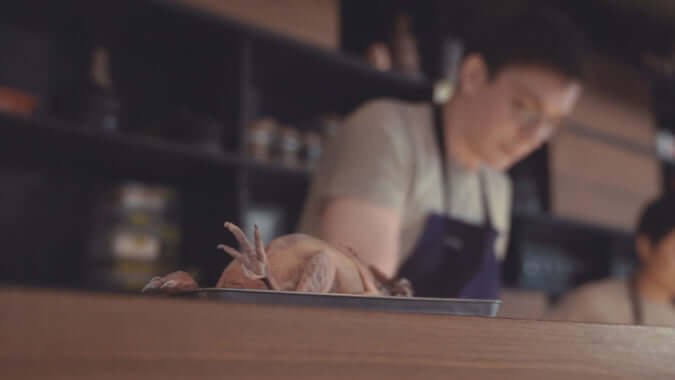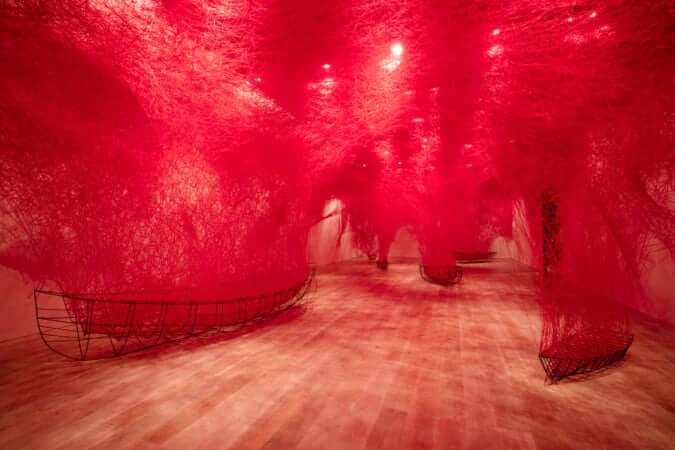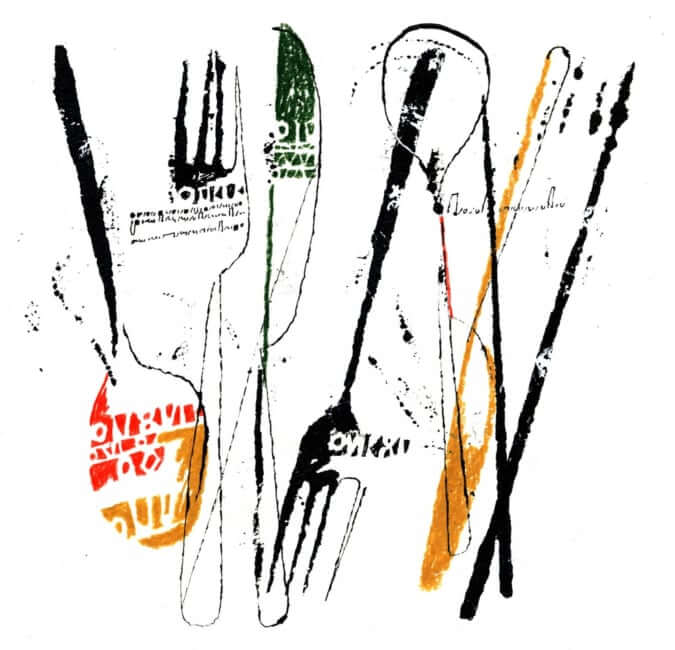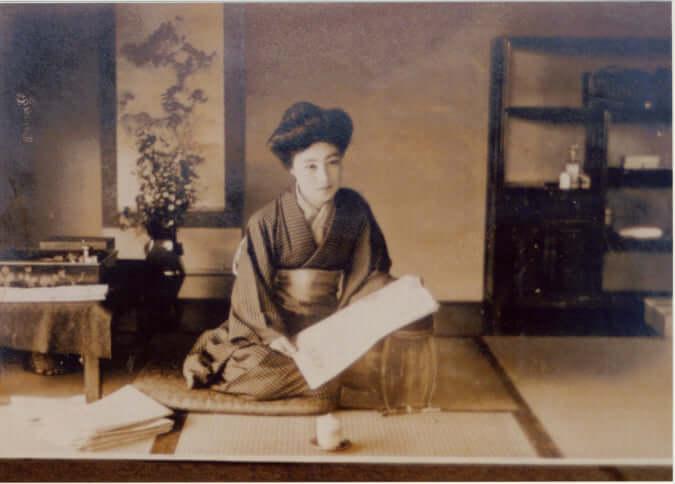Motoyuki Daifu’s Domestic Life
The photographer immortalised his somewhat chaotic family life in their Yokohama home and turned the results into a book, 'Project Family.'
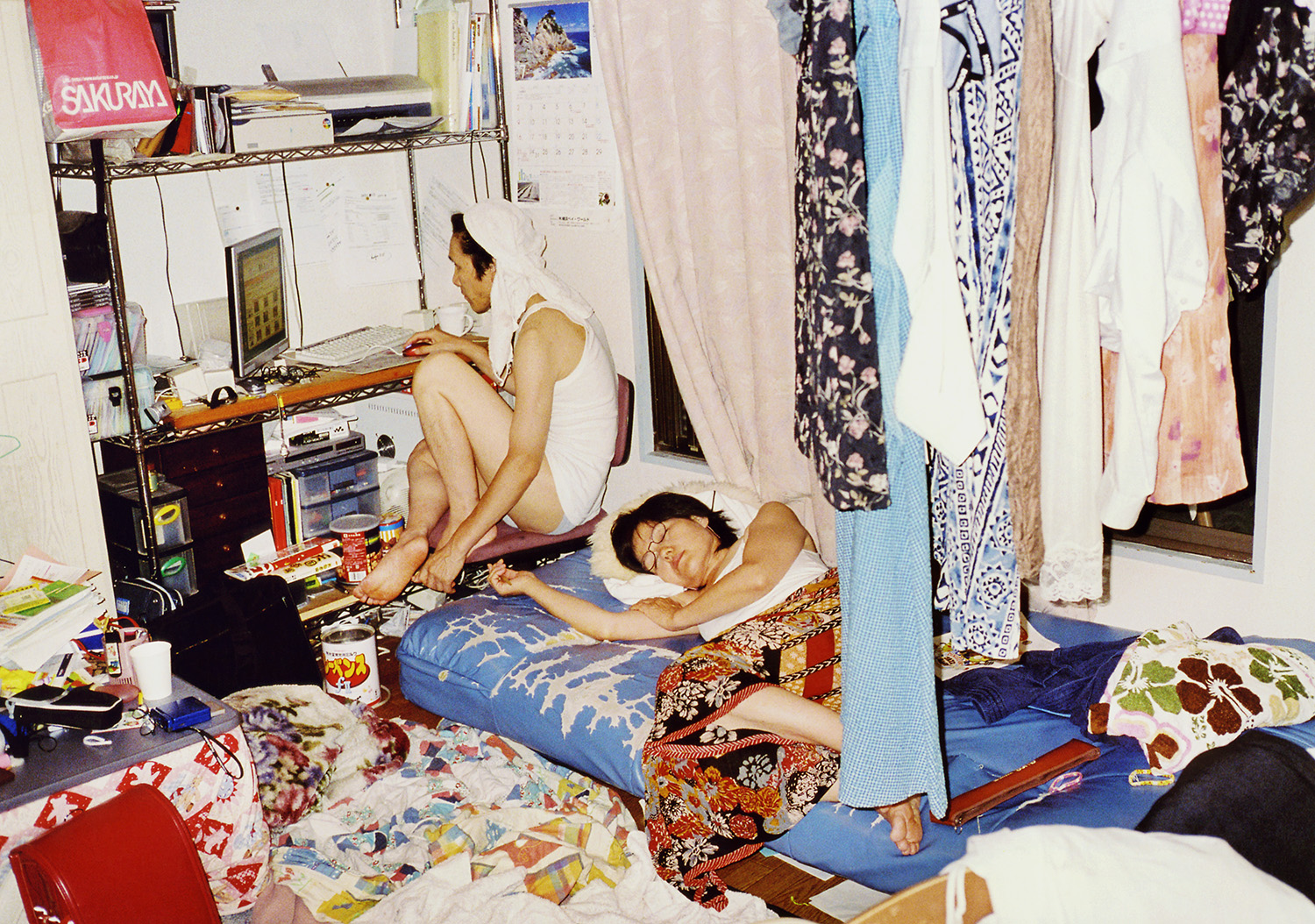
© Motoyuki Daifu
‘My mother sleeps every day. My father does chores. My brothers fight. There are bin bags everywhere. Half-eaten dinners, cat droppings, and mountains of clothes: this is my adorable everyday life in a Japan that is just as adorable.’ This is how Motoyuki Daifu, a photographer born in 1985 and whose career began at the age of 19, introduces his series Project Family.
The photographs exude a sense of overcrowding, as the viewer observes the everyday life of the seven members of the artist’s family, all within the walls of the five rooms of their house in Yokohama. Here, like in the series Guts by photographer Masaki Yamamoto, Motoyuki Daifu does not aim to aestheticise family life. The photographs are taken spontaneously, capturing dirty plates, a fridge that’s full to bursting, and bags littering the floor, like a modern still life.
A cynical vision
Project Family does not only comprise bleak interior landscapes, however. Motoyuki Daifu, who graduated from Tokyo Visual Arts in 2007, took photographs of his parents, brothers, and sisters, again without premeditation, giving rise to unflattering images of his brother, asleep with his head on the table, merging with the tablecloth, and his sister eating a sandwich.
‘Many photographers have worked on the theme of family, so I wondered whether I could still make something out of it that reflected me’, Motoyuki Daifu explains in an interview with Pen. ‘My work is deliberately cynical. It is about my family, of course, but the way I looked at them for this series was very dry’, he concludes.
Project Family (2014), a book of photographs by Motoyuki Daifu, is published by Dashwood Books.
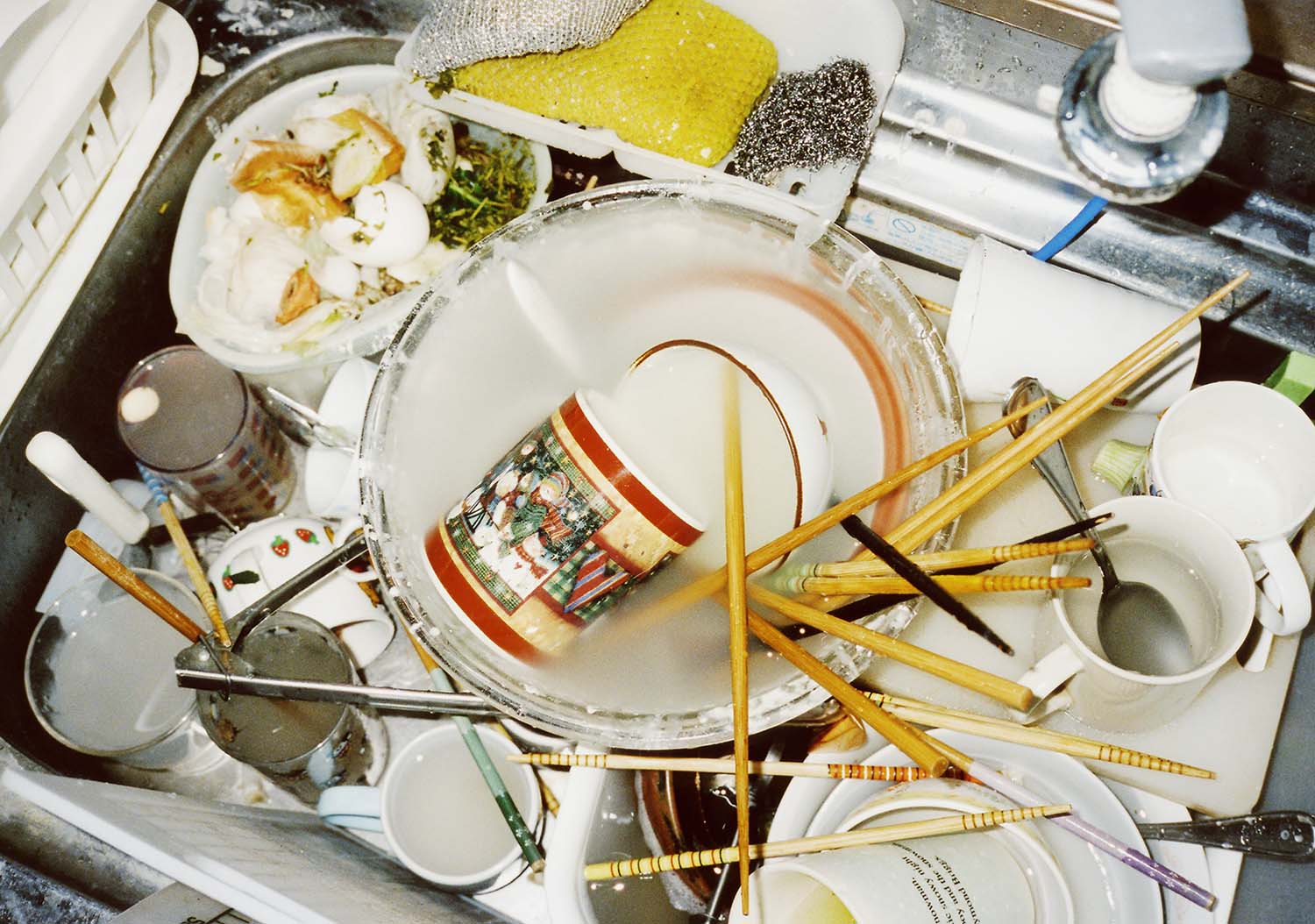
© Motoyuki Daifu
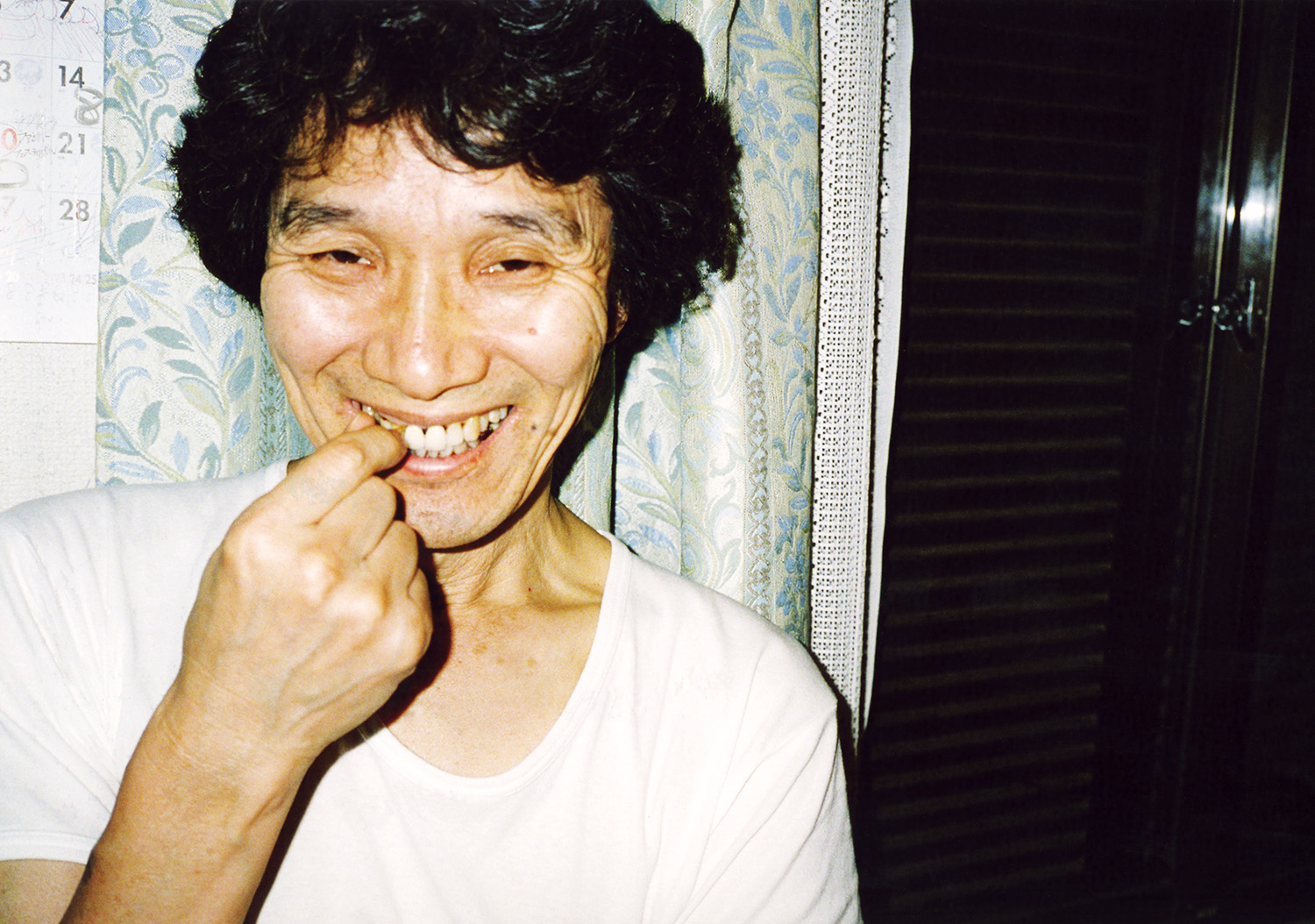
© Motoyuki Daifu
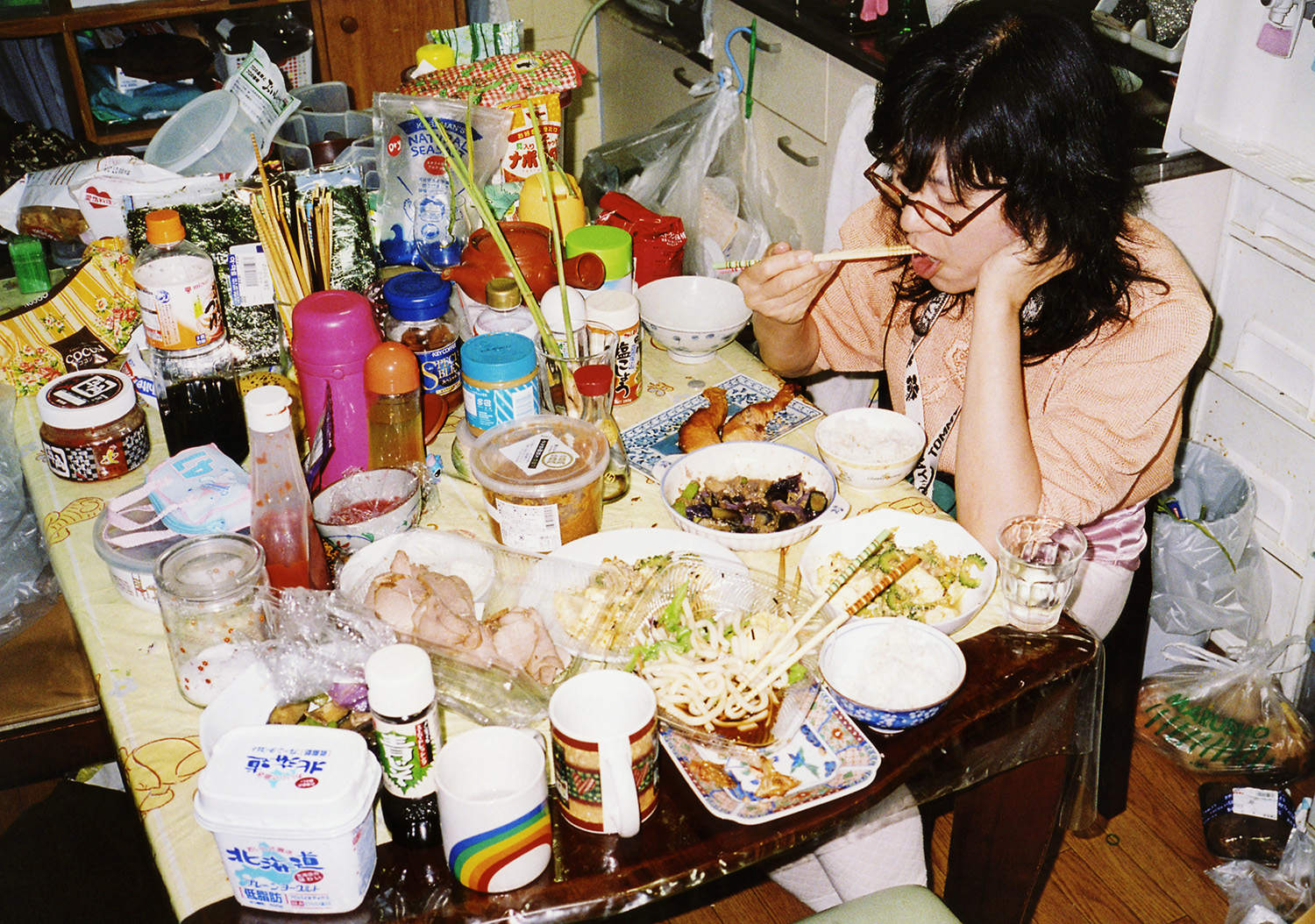
© Motoyuki Daifu
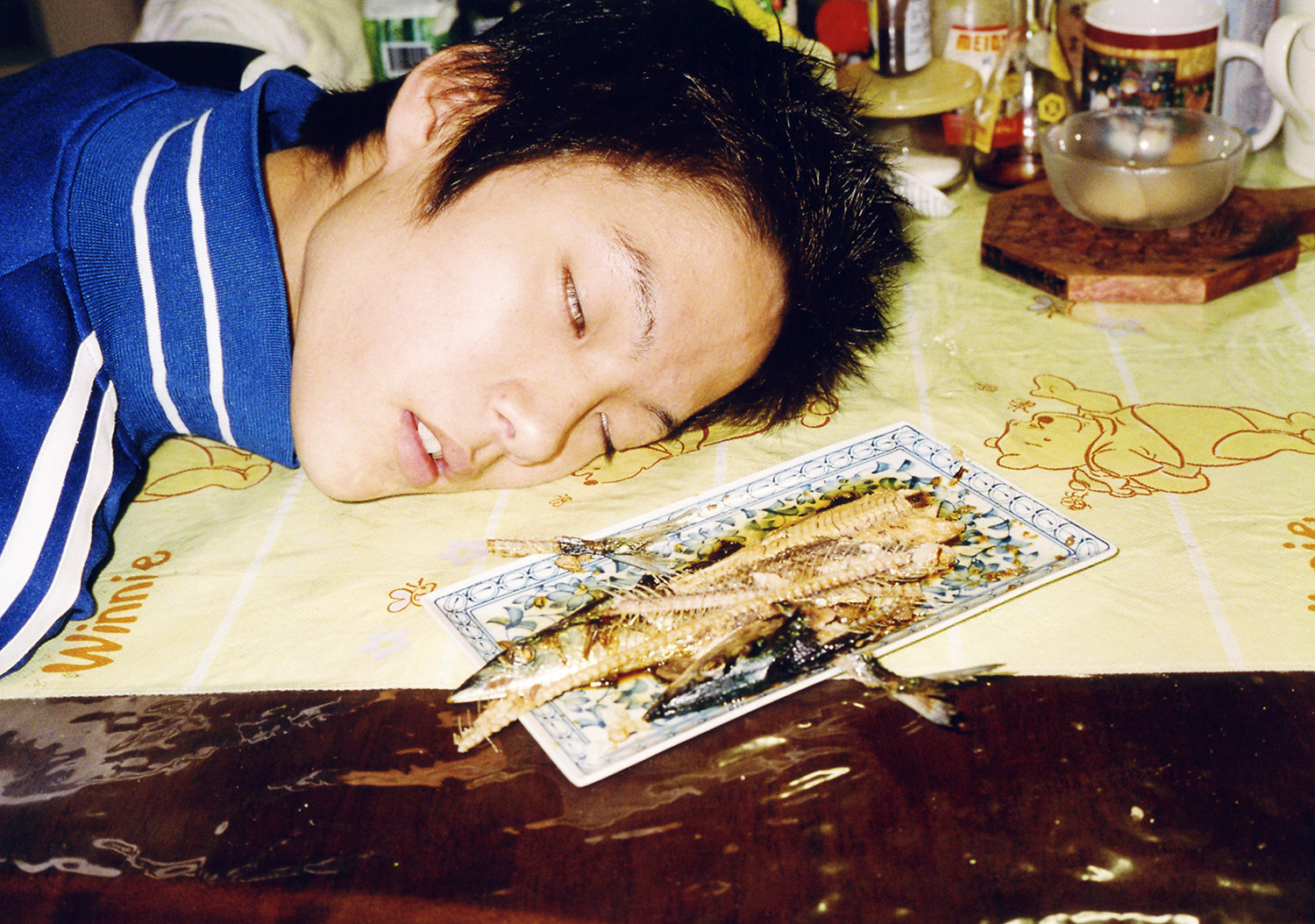
© Motoyuki Daifu
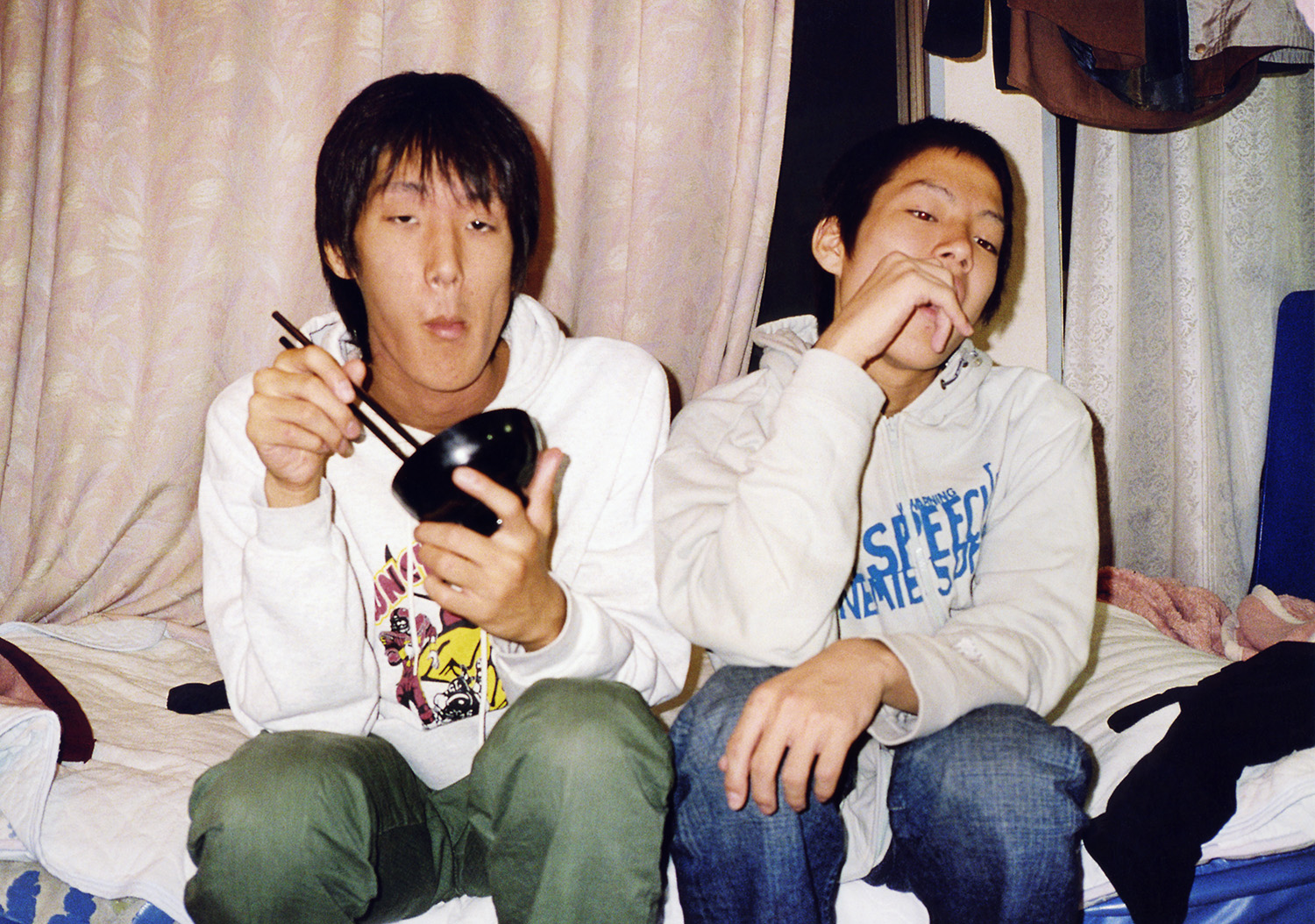
© Motoyuki Daifu
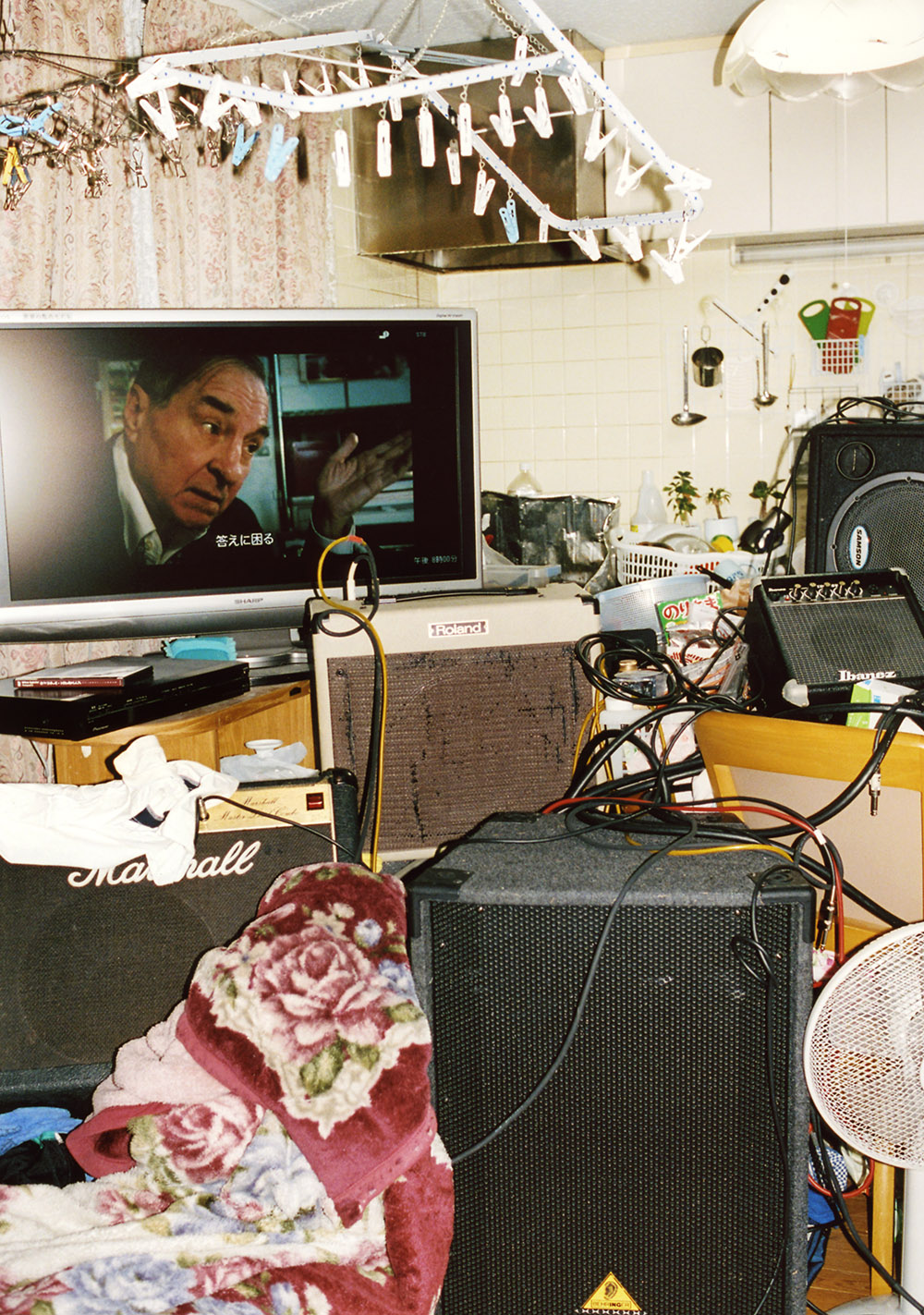
© Motoyuki Daifu
TRENDING
-
The Tattoos that Marked the Criminals of the Edo Period
Traditional tattoos were strong signifiers; murderers had head tattoos, while theft might result in an arm tattoo.

-
Paris, Tokyo: Robert Compagnon
With his co-chef and talented wife, Jessica Yang, Robert Compagnon opened one of the top new restaurants in Paris: Le Rigmarole.
 3:31
3:31 -
Chiharu Shiota, Red Threads of the Soul
Last year, more than 660,000 people visited the retrospective 'Chiharu Shiota: The Soul Trembles' exhibit at the Mori Art Museum.

-
‘Before Doubting Others, Doubt Yourself. Who Can Truly Say a Dish Isn’t What It Used to Be?’
In ‘A Non-Conformist’s Guide to Surviving Society’, author Satoshi Ogawa shares his strategies for navigating everyday life.

-
The Story of Sada Yacco, the Geisha who Bewitched Europe
Described by Dazed magazine as the first beauty influencer, she has been restored to her former glory since 2019.

